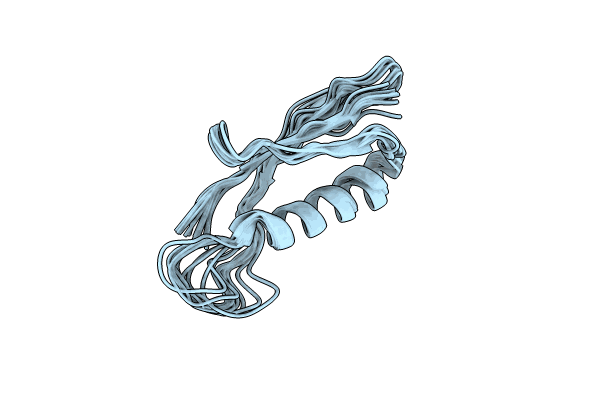
Deposition Date
2024-05-10
Release Date
2024-10-02
Last Version Date
2024-10-30
Entry Detail
PDB ID:
9FA8
Keywords:
Title:
Streptococcal Protein G antibody-binding domain C2 - variant 3
Biological Source:
Source Organism:
Escherichia coli (Taxon ID: 562)
Host Organism:
Method Details:
Experimental Method:
Conformers Calculated:
3000
Conformers Submitted:
10
Selection Criteria:
structures with the lowest energy


